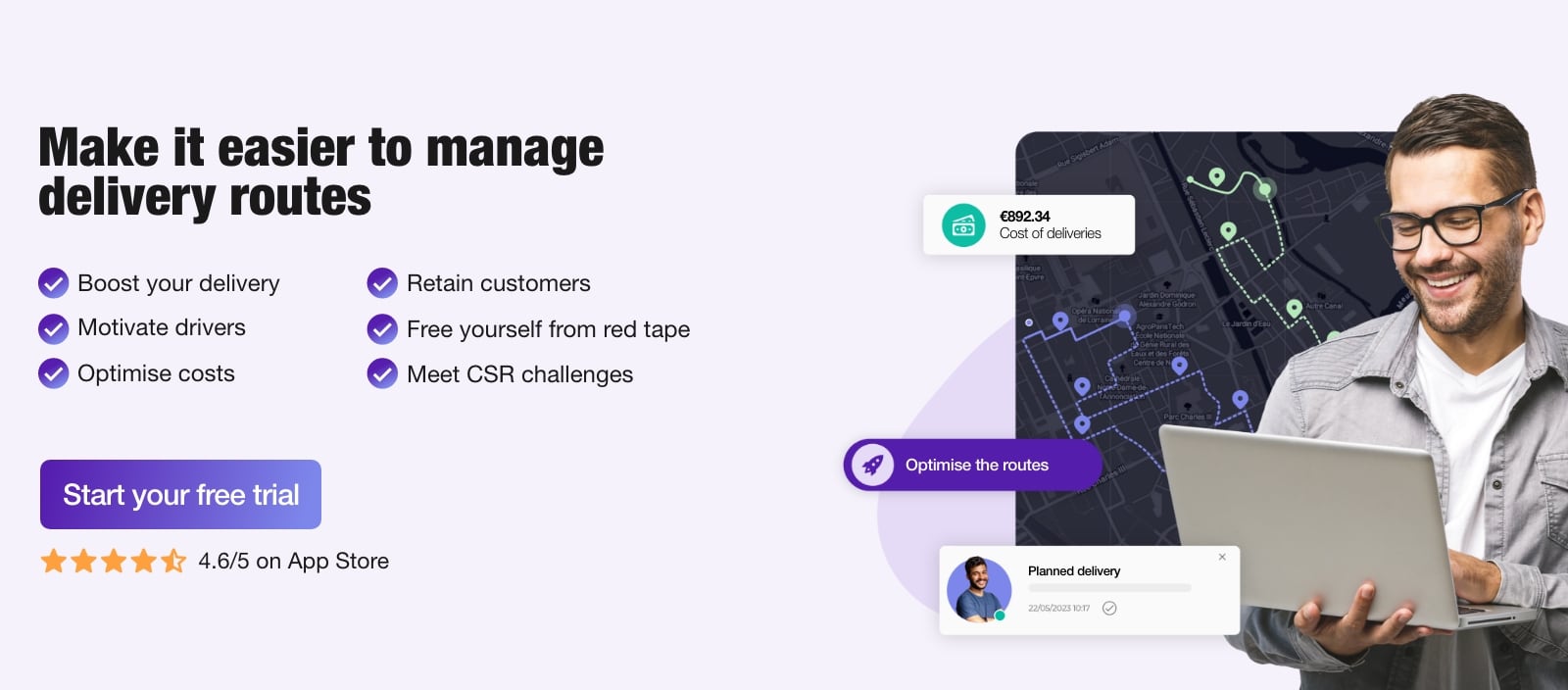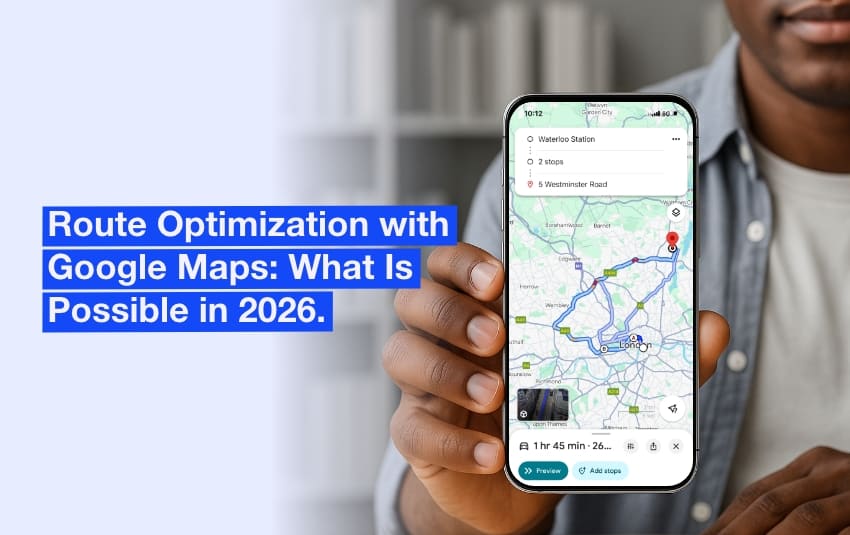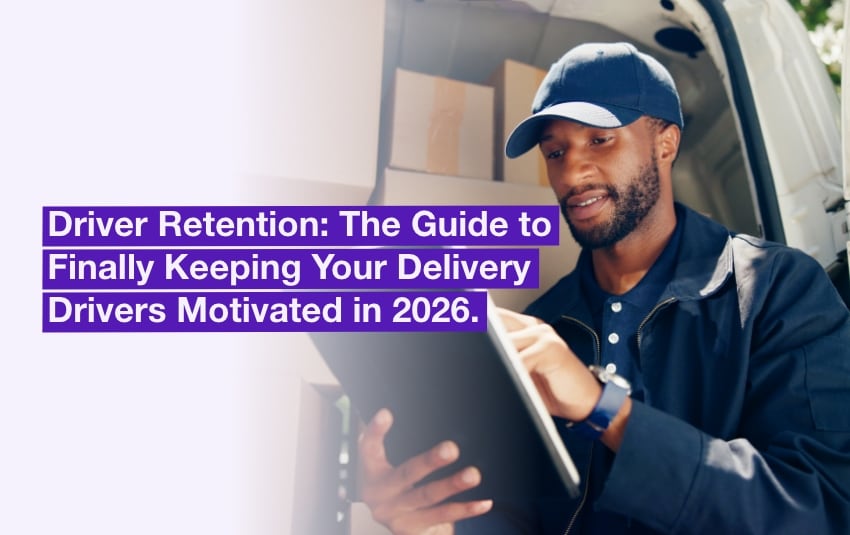Urban logistics: how to take up the last mile challenge?
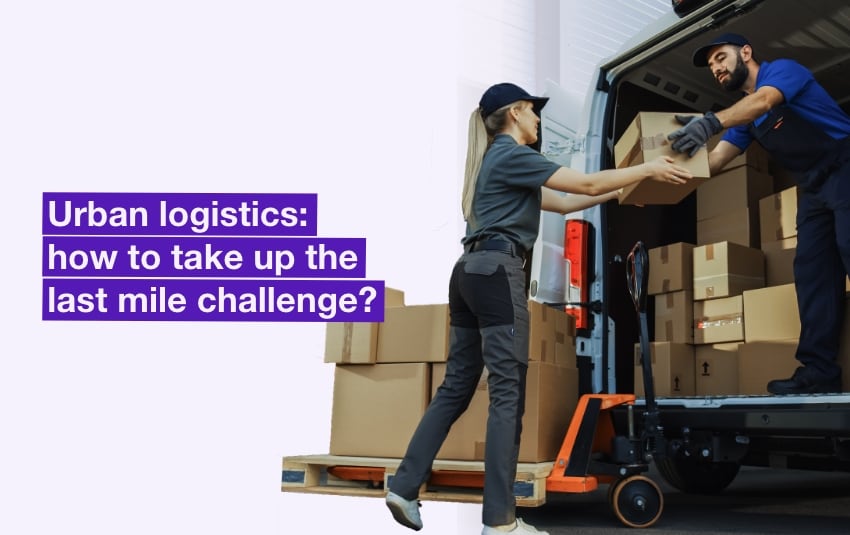
The last mile, which links the final storage to the end customer, is particularly challenging in urban areas. These routes are expensive, stressful and difficult to organise for logistics experts. But they also raise a lot of questions among the inhabitants and politicians of large cities. The question is how to manage these different flows for private individuals and professionals without increasing noise and environmental pollution.
AntsRoute has gathered 7 operational solutions, tested worldwide, for cost-effective and environmentally friendly deliveries.
This includes the pooling of vehicles and logistics areas, new supply methods, and a good amount of artificial intelligence to optimise everything!
Table of contents
- The 3 main challenges of urban delivery
- 7 solutions to optimise your deliveries in urban areas
- Develop logistics infrastructure in the suburbs
- Delegate the last mile to a player with expertise in urban logistics
- Share storage spaces and pool delivery locations
- Adopt dedicated route optimization software
- Change the fleet to more environmentally friendly vehicles
- Offer extended delivery hours
- Maximise the load rate of vehicles
The last mile is a complex issue in urban areas. Urban logistics professionals have to manage transport without increasing the pollution levels in the city. Thanks to the pooling of logistics facilities and artificial intelligence, transport operators are responding to this challenge. They are offering cheaper and more environmentally-friendly deliveries.
The 3 main challenges of urban delivery
The access to town centres is becoming more and more difficult
It has never been easy to deliver to customers in an urban environment:
- Anarchical or insufficient parking.
- Traffic jams galore.
- Tiny lifts or endless stairs, etc.
Furthermore, in recent years, cities have adopted increasingly restrictive rules to limit the pollution generated by the transport of goods. The rise of environmental concerns, combined with the somewhat paradoxical rise of home deliveries, leaves them no real choice.
For example, in 2020 the City of London estimated that almost 450 million parcels were delivered in the capital. That’s about one per week for every Londoner…
Traffic jams have worsened since the coronavirus pandemic. The number of e-commerce parcels, due to the multiplication and fragmentation of purchases, has increased by 35% in the British capital.
According to Centre for London, the London’s dedicated think tank, the number of parcels delivered in London is expected to double by 2030! By the same year, The World Economic Forum predicts a 30% rise in emissions from last mile deliveries.

The e-commerce deliveries in London.
Launched in 2008, the London Low Emission Zone (LEZ) scheme has been extended several times. This scheme, which applies in London-wide to commercial vehicles, imposes increasingly strict traffic restrictions on vehicles considered to be polluting.
Express delivery: the consumer is waiting for you
The offer by Amazon of free 1-working day delivery for Amazon Prime members had already put pressure on its competitors, who are used to delivery times of 2 to 5 days. But even this ultra-fast delivery seems already outdated!
With its Prime Now offer, which guarantees delivery in less than two hours in London, Amazon has set new standards in terms of ultra-fast delivery. Although the American giant has abandoned this offer for food, many startups have jumped on this emerging market: Gorillas, Flink, Cajoo, etc. All of these companies are competing fiercely to deliver a number of food and hygiene products in less than 15 minutes in an ever-growing number of large cities.
The ultra-fast delivery is a real logistical achievement, whose implementation is even more difficult since the end of widespread teleworking, since it assumes the presence of the buyer at home. While the short-term profitability of these initiatives is questionable, these companies are setting up a new standard that Hervé Street, Managing Director of the French start-up Star-Service, calls “capricious delivery”. However, it is unlikely that consumers who have tried these fast-track services will be willing to go back.
The last mile in urban areas is always more expensive
Traffic jams in the city, along with increasing consumer demands, make the economic and environmental cost of the last mile even more expensive. While this final step usually represents 20% of the total cost of transport, this ratio can rise to 50% in the city due to multiple factors:
- Significantly higher logistics land prices.
- Time and energy wasted in traffic jams.
- Lower productivity of delivery drivers, etc.
For small and medium-sized businesses, which account for 80% of the market, the real cost of transport is even more difficult to handle because it is almost never billed to the final consumer. Many distributors choose to underestimate or even eliminate the cost.
From a commercial point of view, they are right, since 3/4 of the buyers decide to cancel their order if the delivery costs seem too high.
But from an economic and environmental point of view, the situation becomes more complicated. As some experts underline succinctly, if the cost of delivery is no longer an important factor in making choices, then the demand for the fastest possible delivery will become infinite to the point of immediacy.
In other words, if hauliers do not want to see these new requirements wipe out their already low margins, they must urgently find solutions to optimise deliveries in town!
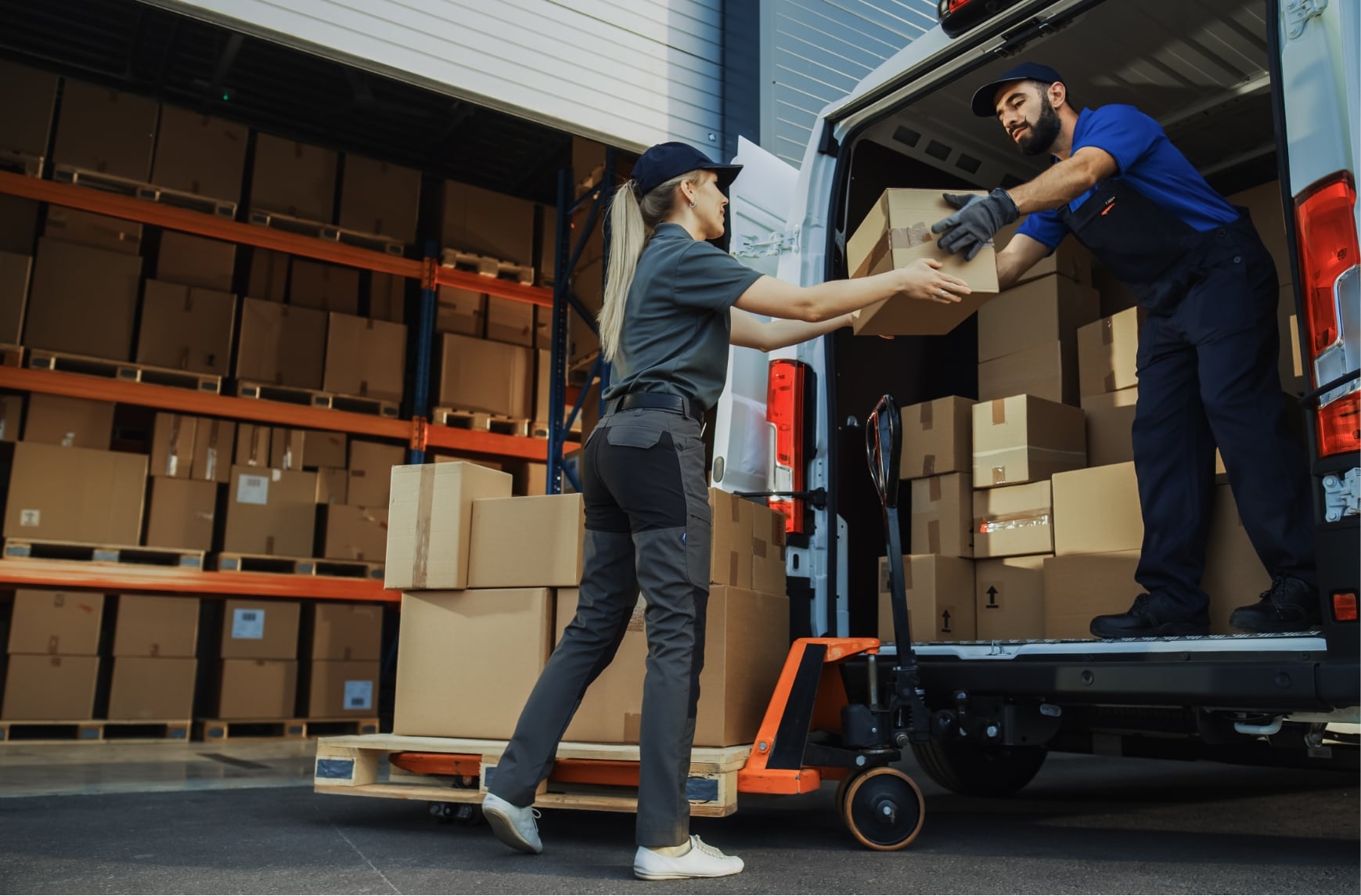
The last mile in urban areas represents up to 50% of the transport cost.
7 solutions to optimise your deliveries in urban areas
Optimising performance on urban deliveries is a particularly complex issue, and there is no single solution. Here is a list of the best practices of the players in the sector, to be adopted according to your size, your profile, and the nature of the goods delivered or collected.
Develop logistics infrastructure in the suburbs
To overcome the issue of land shortage and cost, large private groups are developing solutions for the pooling of logistics flows.
Distribution centres of every size are developing on the outskirts of the European cities:
- Logistics halls, such as the one inaugurated in Paris by Sogaris, not far from the Porte de la Chapelle. It houses multimodal facilities, which should be also accessible to trains. To ensure the viability of the project, Chapelle International also hosts service activities and a data centre.
- Cross-docking platforms. The purpose of these hubs, located in urban and suburban areas, is to store parcels for a few days or a few hours before dispatching them to the end customer.
- Smaller local logistics spaces, such as commercial ground floors or vacant car parks. These areas are then transformed into unloading docks, either during low traffic periods or on a more permanent basis.

How cross-docking platforms work.
Delegate the last mile to a player with expertise in urban logistics
At the other end of the supply chain, storage and delivery for third parties are developing in the same way. The professionals for whom logistics is not their core business, such as online retailers for example, outsource these steps to experts such as:
- Yodel delivers millions of parcels every week across the United-Kingdom. The company works with different sectors, including fashion, health, beauty, home, entertainment, etc.
- In France, Star-Service now has four distinct brands for everyday parcels and retail, automotive parts, food logistics and the health sector.
- Urban Hub, etc.
These groups are working on pooling and centralising their logistics resources as close as possible to consumers in order to offer flexible and cost-effective deliveries. To stand out in low-emission zones, they are obviously using more environment-friendly fleets.
Another very interesting way of optimising the flow of goods is to use micro-spaces dedicated to the picking of goods, such as:
- Traditional pick-up points, often managed by local shops.
- Secure lockers, near crowded places such as train stations or post offices.
- Pedestrian drives in the city centre, etc.
This type of pooling is doubly virtuous. It not only helps to optimise the use of land in the city, but also limits the number of vehicles on the road, avoiding hundreds of home deliveries each time.

The secure lockers make it possible to collect goods in urban areas.
Adopt dedicated route optimization software
The use of route optimisation software is essential to continue to manage your deliveries in-house. These solutions, which are all based on artificial intelligence, calculate the best route to deliver your customers wherever they are located, taking into account multiple constraints:
- Limited access to the town centre.
- Recurrent or occasional traffic jams.
- Constraints related to some goods, such as fresh or bulky products.
- Delivery time slots requested by customers.
- Engine of each of the vehicles in your fleet, etc.
Some route optimization applications such as AntsRoute also include extra features that are very useful for improving last mile management, such as :
- The sending emails or text messages to customers to confirm or remind them the time slot.
- The geolocation of the dispatch rider in real time.
- The management and storage of electronic proof of delivery, etc.

Tracking the execution of delivery routes with AntsRoute software.
Change the fleet to more environmentally friendly vehicles
It is also becoming urgent to move away from the truck by maximising modal shift to more environmentally friendly delivery solutions :
- Light commercial vehicles powered by electricity, natural gas or biogas.
- Scooters.
- Three-wheelers and electric bikes, classic or cargo, in the centre of town.
- And even drones!
The use of these vehicles, which is essential to get around the constraints of low emission zones, is also beneficial on the commercial side. Did you know that almost 47% of British people are willing to accept a longer delay to switch to carbon-neutral modes of transport?
Offer extended delivery hours
The traffic jams are too expensive for the logistics professionals, but also for the planet. Driving in traffic jams consumes twice as much fuel and generates 16 times more greenhouse gases than when the traffic is smooth. Several international experiments are providing interesting ways of improving this terrible carbon footprint.
The Netherlands, for example, has tested night-time deliveries by PIEK trucks. To encourage off-peak routes while reducing noise pollution, the country has authorised the use of vehicles with noise peaks limited according to the time slot. The noise level is limited to 65 decibels for all loading and unloading operations between 7 p.m. and 11 p.m.
In France, local authorities such as Grand Paris and Bordeaux Métropole are also successfully experimenting with deliveries during shifted hours, early in the morning, in the evening, or even in the middle of the night. And the results are positive, since a single night-time delivery with a 26-tonne vehicle instead of several 7.5-tonne vehicles saves up to 38% in polluting emissions!
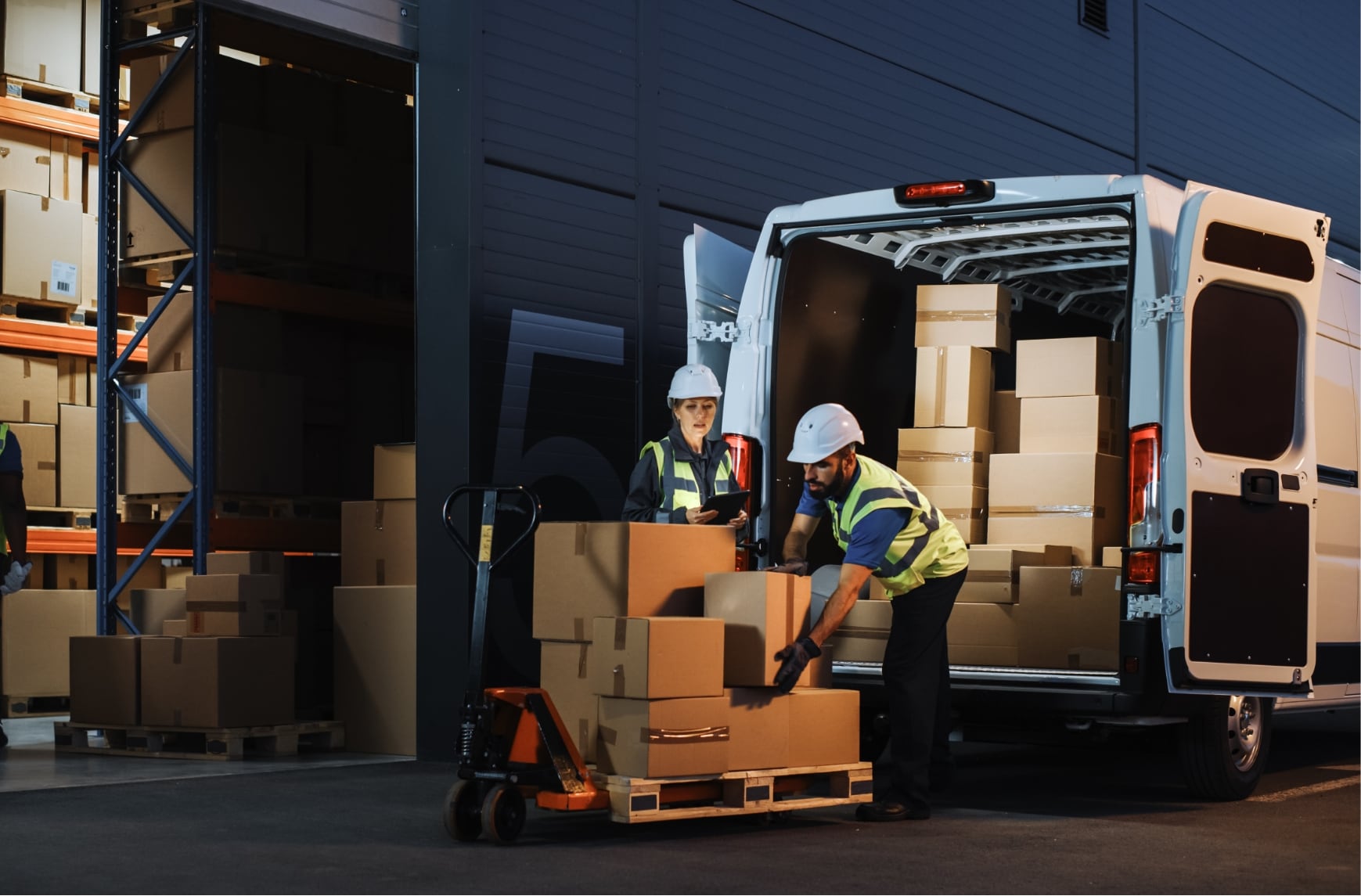
The night-time deliveries in urban areas improve the carbon footprint.
Maximise the load rate of vehicles
Another very profitable way of sustainable urban logistics is to optimise the filling of vehicles.
The first solution is to maximise the loading of the vehicles with the help of a route management software. For example, AntsRoute determines the best route for each vehicle in your fleet based on its maximum capacity.
However, every transport operator is concerned by the problem of parcels that are difficult to stack or filled with…nothing! To finally put an end to this ecological absurdity, companies are experimenting with different solutions to streamline the use of packages:
- Some carriers now prefer reusable containers such as boxes or trolleys, which can be shared between several customers.
- DHL has developed modular containers of one cubic metre that can be easily converted from a trailer to an electric powered quadricycle, the Cubicycle.
- The French Post is working on eco-designed packaging that requires less space in vehicles and fits easily into letterboxes, etc.

AntsRoute software maximises vehicle loading rates.
To understand how some of our customers like Marmelade or Delivening have optimised their deliveries in urban areas thanks to our software, read their testimonials here.
Free 7-day trial | No credit card required
Contenu
- The 3 main challenges of urban delivery
- The access to town centres is becoming more and more difficult
- Express delivery: the consumer is waiting for you
- The last mile in urban areas is always more expensive
- 7 solutions to optimise your deliveries in urban areas
- Develop logistics infrastructure in the suburbs
- Delegate the last mile to a player with expertise in urban logistics
- Share storage spaces and pool delivery locations
- Adopt dedicated route optimization software
- Change the fleet to more environmentally friendly vehicles
- Offer extended delivery hours
- Maximise the load rate of vehicles




